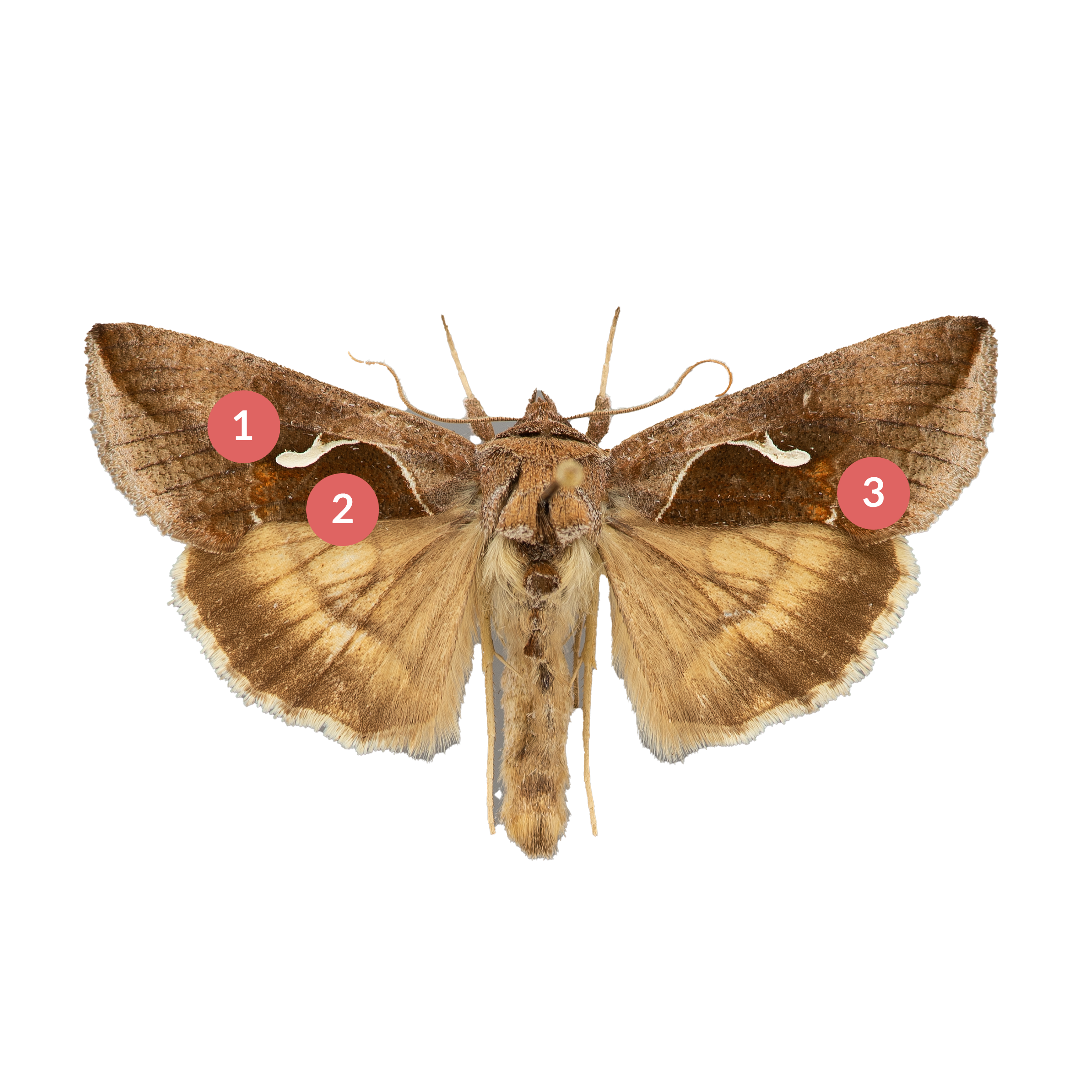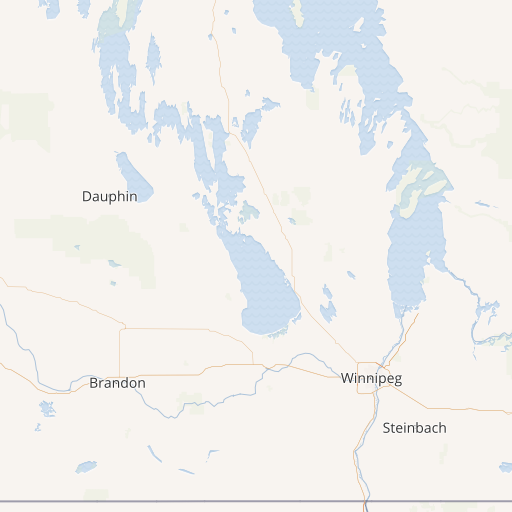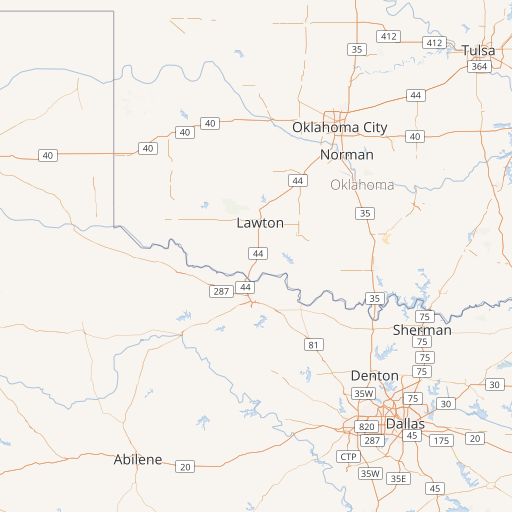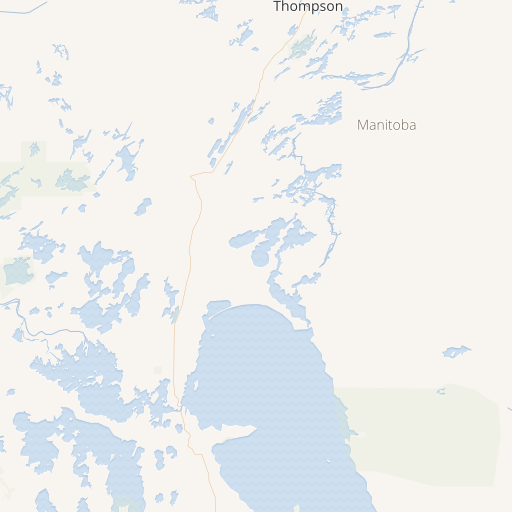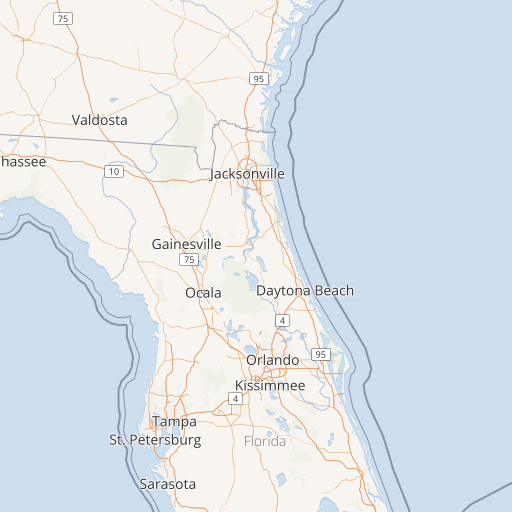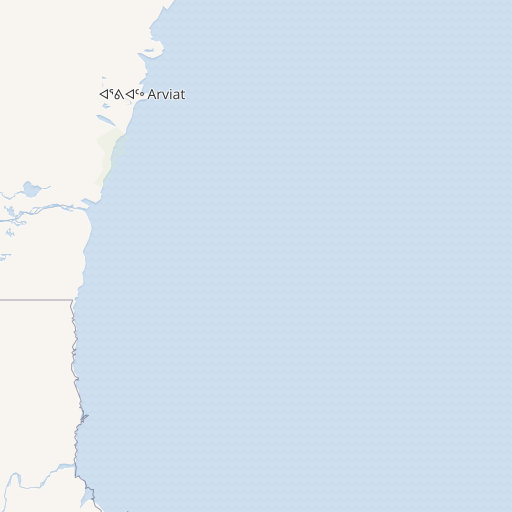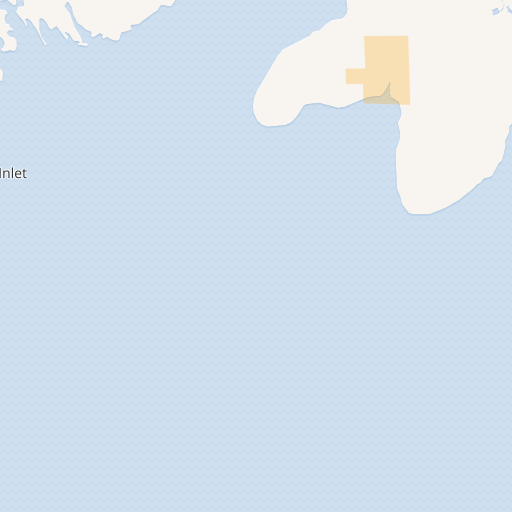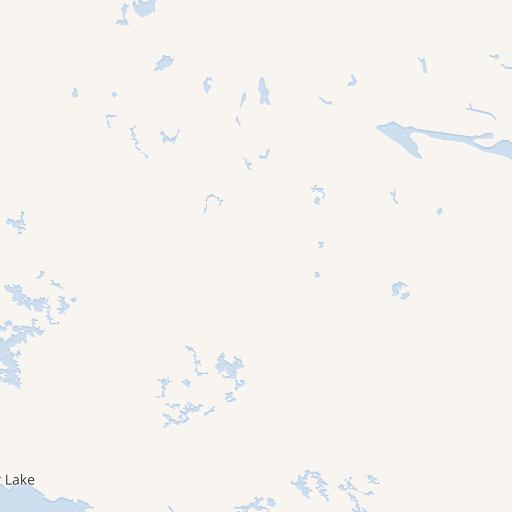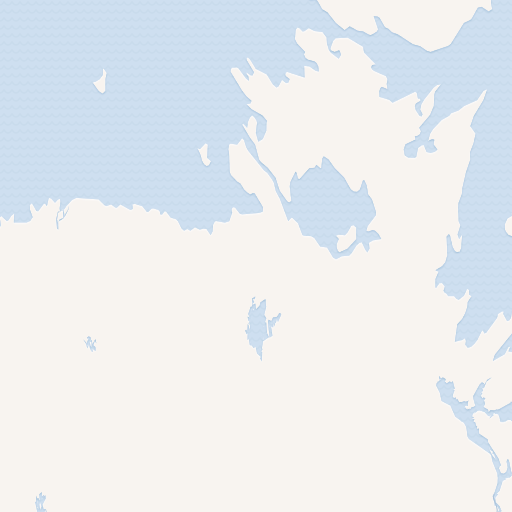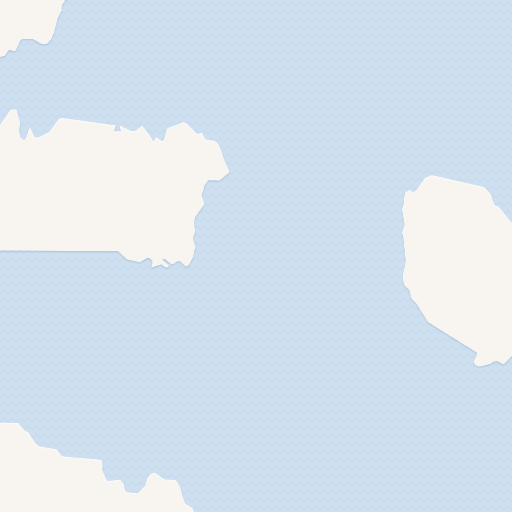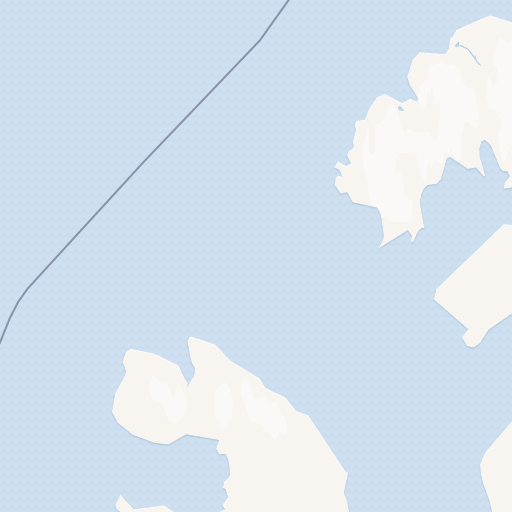About
Anagrapha falcifera, also known as the Celery Looper Moth, is a species of moth commonly found in North America. This moth is known for its unique appearance that resembles a dead leaf. The wings are a mottled brown color with a distinctive silver swirl. The Celery Looper Moth gets its name from its association with celery crops and the looping motion of its caterpillar.
The name “looper” comes from the way the caterpillar moves in an inchworm-like motion, with only two to three pairs of prolegs, compared to the typical five pairs on most caterpillars, resulting in its unique crawling pattern. Another interesting fact about this species is that the dead leaf mimicry is not limited to its appearance, but also extends to its behavior. The moth will often rest in a posture that mimics a dead leaf, with its wings held flat and perpendicular to its body.
A fun fact about the Celery Looper Moth is that it is a nocturnal species and is attracted to lights at night. So, if you leave your porch light on, you may just spot one of these moths!
Grasslands, fields, meadows, open areas


